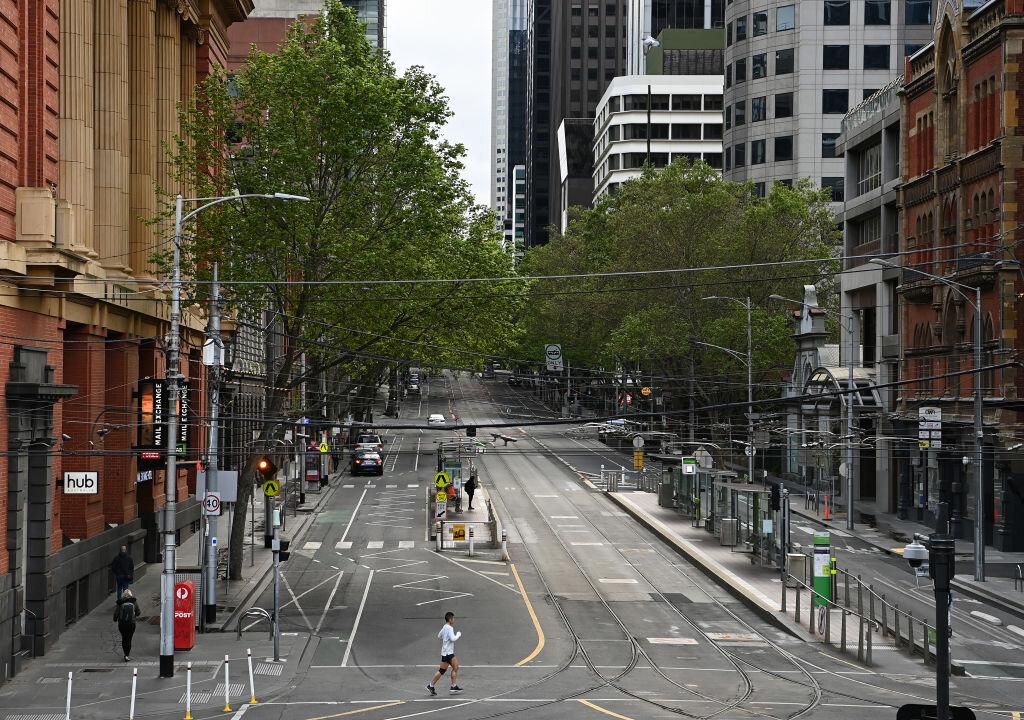A new study has revealed how life was much harsher for Melbourne residents than in other parts of Australia, as the city was under the world’s longest lockdowns of 262 days.
According to the Household, Income and Labour Dynamics in Australia survey released by the University of Melbourne, almost half of the Australian population (45 percent) said they were worse off because of COVID-19 in 2020.





